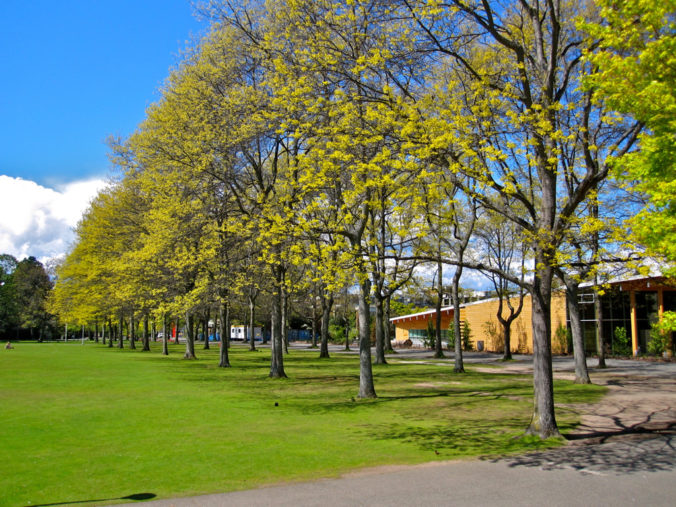Hi Sifan, Ruilin and Tingyang,
After reading through your interactive learning resource — Essential Nutrients, I have learned a lot about Human essential nutrients. I like how you have separated the different rationales and your strategies in the menu for learners to review. Also, it is great to see you have linked different modules at the very beginning of each module so learners can review. You have split your nutrition topics in 3 modules and introduce the basic information about nutrients and the healthy guidance for Dietary Choices. These 3 modules have covered all your learning content and learning outcomes.
For module 1-3, you have included different YouTube videos to help your learners to get engaged with your learning content, additional reading content are also included in each module for your learners to extend their readings. There is also an assignment included in each module for learners to answer a question in the Padlet link. However, my question is: are those reading materials required for learners? If the learner is a person who doesn’t have a lot of time to read throughout the day, how can we make sure they have access to the right information? If not, it would be great if you can indicate it somewhere for learners to read by their interests.
Another note is learners can only access to the Padlet discussion through each module. Is there a place in this education blog that has all 3 Padlet links so they can go review the Padlet post without looking through all Module posts to find the right one they want to review on?
It is great to see that you have included constructivism learning theory in your resource design to ask students to participate in discussion through Padlet based on their own experience. I’ve also seen that you guys were trying to implement experiential learning in our interactive learning resource. The discussion on Padlet is referring to the Reflective Observation phase of Experiential learning. I wonder are there any plans to include other phases such as “Active Experimentation” where you ask your learner to build and try a Dietary plan based on the information they learned from this education blog? This is just trying to provide some different views for creating activities. You do not have to follow on what I suggested here.
For inclusion of Diverse Learners, I think your team did a great job on helping English language learners (ELL) with simple YouTube videos to attract them and using sample languages to engage them to learn more. And I also think your detailed module design has fully considered the learner with hearing difficulties. I think I would be able to understand all learning content and meet the learning outcome without watching all the videos attached in modules.
All in all, I think your team has done a great job on creating this interactive learning resource. Thanks for sharing this interesting topic with us.






Recent Comments